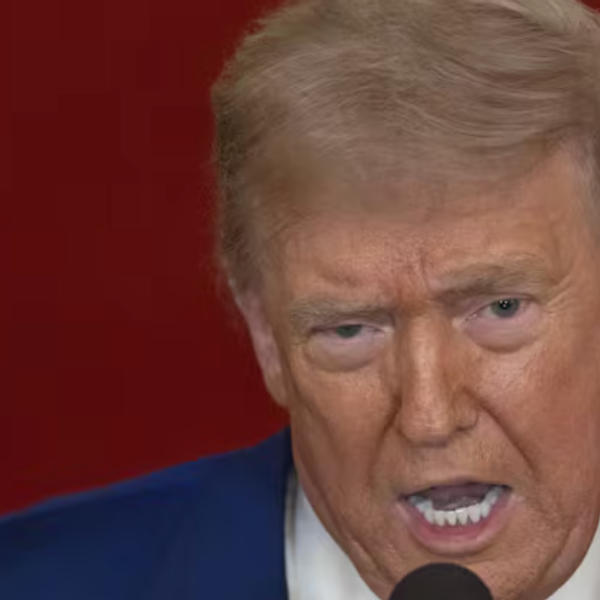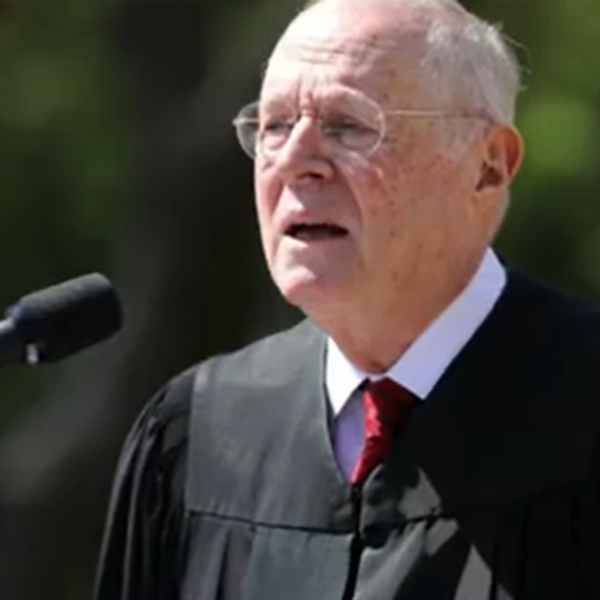
Bipartisan dreams of raising revenues while lowering rates skirt the real problems in our tax code.
With your taxes due today, the Buffett Rule blocked in the Senate, and the next fiscal showdown (during the lame duck congressional session between the election and the seating of the new Congress in January) coming into sight, the phrase “tax reform” is beginning to be heard throughout the land. For those of us who have been pushing for comprehensive tax reform for many years, this should be a beautiful, thrilling moment.
But count me worried, not thrilled. We seem to be approaching tax reform for all the wrong reasons, and politicians of both parties are possessed of some dangerous illusions about what tax reform can and can’t achieve.
The push for tax reform is not based, as it was in the mid-1980s, on a shared belief by a wide range of politicians that the tax code is inefficient, overcomplicated, and unfair. Rather, it’s based on the fact that something called “tax reform” seems to be the only way out of the box that politicians have put themselves in. Obama has boxed himself in by his promise not to let taxes go up on any household with taxable income under $250,000. The Republicans have limited themselves even further by refusing to discuss any tax increases at all. Some Republicans, just a few, are willing to consider something called “tax reform” if it increases “revenues” slightly without increasing “taxes,” that is, tax rates. The option of letting the Bush tax cuts expire is unacceptable even to most Democrats, because it would raise taxes for the middle class, while a deal on extending the middle-class cuts is unacceptable to the Republicans because it would raise taxes on the wealthy.
But as last summer’s debt limit deal expires at the end of the year, the only alternative to the brutal sequesters of defense and non-defense spending promised in the deal is some movement on revenues in order to facilitate a deal to cut spending. And all that is left is something called “tax reform.” In the current environment, tax reform is not a positive goal, built on a vision of a fairer and more efficient tax system. Instead, it seems to be just the only way out of a situation that should never have been created in the first place.
And all too many politicians, including many Republicans and a good many Democrats, are caught in a fantasy: that tax reform might be a “win-win,” in which rates can go down and revenues go up, simply by “broadening the base.” Tax reform often represents a fantasy of a common-sense middle ground between the parties, one they could embrace if they just understood how easy it would be. Here’s John Avlon, a self-identified centrist and advocate for bipartisan solutions, on CNN last month: Tax reform is “the Bowles-Simpson idea. You can lower rates, close loopholes, and raise revenue. That should be a win- win. Only in Washington is that not a win-win.”
In fact, the idea of a win-win is all too appealing in Washington. Lowering rates, closing the loopholes (also known as “broadening the base”), and raising more revenue is the idea that most Democrats, and a few Republicans — including, without details, House Budget Chair Paul Ryan — have latched onto. But to call it a win-win is deeply misleading.
It’s useful to compare our situation with the circumstances of the mid-1980s, when the legendary bipartisan tax reform of 1986 was passed. At that time, tax rates were actually high (the nominal top rate was 70 percent) and the loopholes were many and insane. The top tax rates were effectively meaningless. The biggest loophole involved the deductibility of passive losses – investments in which the taxpayer didn’t actually take a risk. Even then, there were losers, particularly the oil- and gas-producing sectors, that relied on passive investment, and the powerful members of Congress who represented them. And even in that legendary win-win, only two of the three big goals were achieved. Rates were lowered. Loopholes closed. (Leaving many rich people better off, on net.) But revenues were not raised, because the goal of tax reform at the time was to separate it from arguments about raising or cutting taxes by making it revenue-neutral.
If all three goals couldn’t be achieved in 1986, that’s even more true in today’s very different circumstances. Today rates are very low by historic standards (not quite as low as the 28 percent achieved in the cleaned-up system of 1986, but that was unsustainable), and loopholes are many – but many of them reach the middle class. We can broaden the base, but if we do so in the context of long-term deficit reduction, the revenues will have to go to that purpose first.
And even doing that would require going far, far beyond the loopholes that President Obama has talked about (deductibility of expenses for private planes) and that Mitt Romney hinted he might close, in an overheard speech at a fundraiser, such as the deductibility of mortgage interest for second homes. (Or, in his case, third and fourth homes as well.) Neither of those are in the top 12 list of tax expenditures (the more formal term for loopholes, or spending through the tax code) maintained by the Tax Policy Center. To have any real impact on either revenues or tax rates, Congress would have to be willing to consider the big ones: the tax deduction for mortgage interest on high-end houses, the deduction for employer-paid health insurance (which would be far more disruptive than the Affordable Care Act), charitable contributions, or the special rate for capital gains. Much of the complexity of the tax code is now at the low end, in the myriad of credits that are partially refundable, such as the Child Tax Credit. While these should be simplified, the goal of doing so shouldn’t be to raise revenue, since it would mean raising taxes on lower-income workers.
What we need is not tax reform, but revenue reform – a system that is not only fair and efficient, but brings in adequate revenues to support, over the fairly long term, the services we want government to provide. Nothing on the table right now – not the Buffett Rule in either its specific form (a version of the Alternative Minimum Tax for those earning more than $1 million) or the general principle, nor anything in Paul Ryan’s budget – constitutes anything like revenue reform. And when we do see real revenue reform, it won’t be a “win-win” for everyone. It will have to mean that those who have been the big winners in tax policy for the last 30 years will have to pay a bit more.
Mark Schmitt is a Senior Fellow and Director of the Fellows Program at the Roosevelt Institute.
Cross-Posted From The Roosevelt Institute’s Next New Deal Blog
The Roosevelt Institute is a non-profit organization devoted to carrying forward the legacy and values of Franklin and Eleanor Roosevelt.








